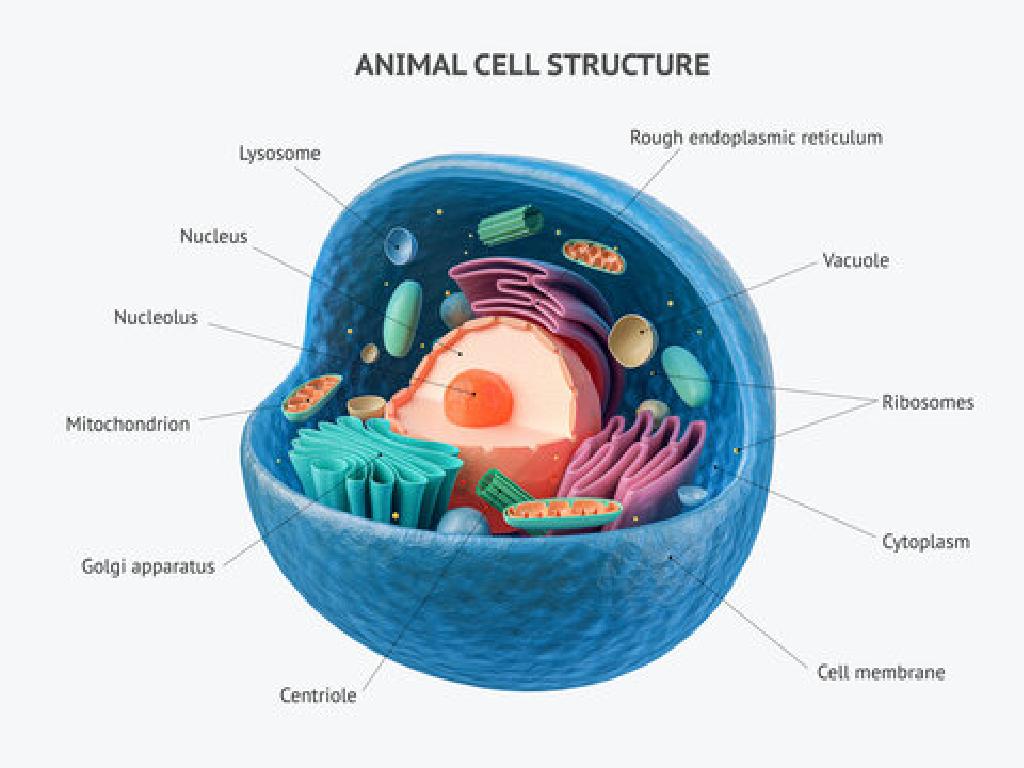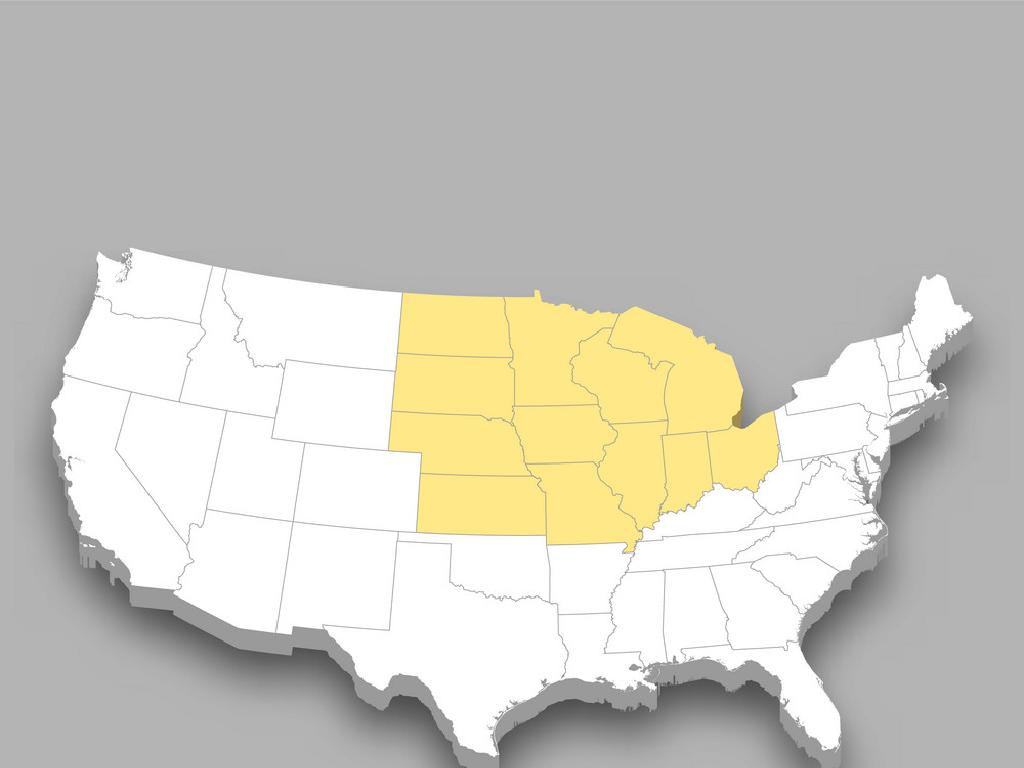Label Parts Of Water Cycle Diagrams
Subject: Science
Grade: Fifth grade
Topic: Earth'S Systems
Please LOG IN to download the presentation. Access is available to registered users only.
View More Content
The Water Cycle: Earth’s Incredible Journey
– Explore Earth’s systems
– Discover the Water Cycle
– Evaporation, condensation, precipitation: Earth’s water recycling process
– Importance of the Water Cycle
– Sustains life, regulates climate, and shapes our world
– Water Cycle’s role in Earth’s health
|
This slide introduces the concept of the water cycle within the broader topic of Earth’s systems. Begin by discussing how Earth’s systems are interconnected and how the water cycle is a crucial part of these systems. Explain the stages of the water cycle: evaporation, condensation, and precipitation, and how water travels through these phases. Emphasize the significance of the water cycle in sustaining life by providing fresh water, regulating climate through the distribution of heat, and shaping the Earth’s surface through erosion and deposition. Encourage students to think about how the water cycle affects their daily lives and the environment.
Exploring the Water Cycle
– What is the Water Cycle?
– It’s Earth’s system of recycling water.
– Water’s continuous journey
– Water moves on, above, and below Earth’s surface.
– The Sun: Water Cycle’s engine
– Sun’s heat causes evaporation, powering the cycle.
– Water Cycle’s role on Earth
|
This slide introduces the concept of the Water Cycle to fifth graders. Begin with a definition, explaining that the Water Cycle is the process by which water circulates between the Earth’s oceans, atmosphere, and land, involving precipitation as rain, drainage in streams and rivers, and return to the atmosphere by evaporation and transpiration. Emphasize the continuous movement of water and how it’s a closed system with no beginning or end. Highlight the Sun’s role in providing the energy that drives the Water Cycle, causing water to evaporate. Discuss the importance of the Water Cycle in maintaining life and ecosystems on Earth. Use diagrams to illustrate the cycle visually and encourage students to think of questions or examples of the Water Cycle they’ve observed in their own experiences.
Stages of the Water Cycle
– Evaporation: Water to vapor
– Heat from the sun transforms water from rivers, lakes into vapor.
– Condensation: Vapor to clouds
– Water vapor cools down to form clouds in the sky.
– Precipitation: Water falls to Earth
– Clouds release water as rain, snow, or sleet.
– Collection: Water in bodies of water
– Water collects in oceans, rivers, lakes, and even underground.
|
This slide introduces the four main stages of the water cycle, which is a continuous process that recycles Earth’s water supply. Evaporation occurs when the sun heats up water in rivers or lakes and turns it into vapor that rises into the air. During condensation, this vapor cools and changes back into liquid, forming clouds. Precipitation happens when these clouds become heavy and water falls back to Earth as rain, snow, or other forms. Finally, collection is where the water ends up in large bodies of water and the cycle begins anew. Encourage students to think of examples of each stage they’ve observed in their daily lives.
Labeling the Water Cycle
– Identify Water Cycle parts
– Learn to label Evaporation, Condensation, Precipitation, and Collection
– Stages: Evaporation, Condensation, Precipitation, Collection
– Evaporation: water turns to vapor. Condensation: vapor becomes clouds. Precipitation: water falls as rain or snow. Collection: water gathers in bodies like lakes.
– Examples of each stage
– Ocean evaporation, cloud formation, rain, and rivers
– Importance of each stage in the cycle
– Each stage recycles water, supporting life and ecosystems
|
This slide introduces students to the water cycle and its four main parts. Begin by explaining the water cycle as Earth’s way of recycling water. Then, focus on each stage: Evaporation is when the sun heats up water in rivers or lakes and turns it into vapor. Condensation is when the water vapor cools down and forms clouds. Precipitation occurs when the water falls back to Earth as rain, snow, sleet, or hail. Collection is when the water that falls ends up in bodies of water. Provide examples like the ocean for evaporation, clouds for condensation, rain for precipitation, and rivers for collection. Emphasize the importance of each stage in maintaining Earth’s water supply and supporting all forms of life. Encourage students to think of additional examples and to observe these stages in their environment.
The Sun’s Role in the Water Cycle
– Sun heats water: evaporation
– Water turns to vapor as the Sun warms oceans, lakes, and rivers.
– Sun’s energy drives the cycle
– Without the Sun, the water cycle would not exist, stopping the flow of water.
– Sun’s impact on weather
– The Sun’s heat is crucial in forming clouds, rain, and storms.
– Sun’s influence on climate
– Climate patterns are affected by how the Sun heats Earth’s surface waters.
|
This slide emphasizes the critical role of the Sun in the water cycle, particularly in the process of evaporation. It’s essential to convey to the students that the Sun’s energy is the primary driver of the water cycle, influencing evaporation, condensation, and precipitation. Discuss how the Sun’s heat affects weather patterns, such as the formation of clouds and storms, and its broader impact on the Earth’s climate. Use diagrams to illustrate the water cycle, pointing out how the Sun’s energy causes water to evaporate and eventually leads to rain and snow, which replenish our freshwater sources.
Water Cycle’s Impact on Weather and Climate
– Water Cycle and weather patterns
– How evaporation and precipitation influence weather
– Water Cycle’s effect on global climates
– Different climates receive varying amounts of rainfall
– Water Cycle in extreme weather
– Hurricanes and floods are linked to the Water Cycle
– Understanding Earth’s systems
|
This slide aims to explain the relationship between the Water Cycle and weather, and how it affects climates globally. Discuss how the processes of evaporation, condensation, and precipitation contribute to daily weather patterns. Highlight how variations in the Water Cycle can lead to diverse climates, from deserts to rainforests. Emphasize the role of the Water Cycle in extreme weather events like hurricanes, monsoons, and floods. Use this opportunity to reinforce the concept of Earth’s systems and how they are interconnected, particularly the Water Cycle’s influence on weather and climate. Encourage students to think of questions or examples of how weather changes in their own experiences.
Class Activity: Create Your Water Cycle
– Gather materials for the project
– Draw your Water Cycle diagram
Include evaporation, condensation, precipitation, collection
– Label each part of the Water Cycle
Use arrows to show the movement of water
– Present and explain your diagram
Describe the stages you’ve drawn and labeled
|
This activity is designed to help students understand the water cycle by creating their own diagrams. Provide each student with paper, markers, cotton balls, and glue. Guide them to draw the water cycle, ensuring they include evaporation (water turning into vapor), condensation (vapor forming clouds), precipitation (rain or snow falling), and collection (water gathering in bodies of water). They should use cotton balls to represent clouds and glue to fix them to their diagrams. Encourage creativity in their representation. Once completed, each student will share their diagram with the class, explaining each part of the water cycle they’ve included. This will reinforce their understanding and help them practice their presentation skills. Possible variations of the activity could include working in pairs, using different materials, or even creating a 3D model if resources allow.
Review: The Water Cycle
– Recap water cycle stages
– Review evaporation, condensation, precipitation, collection
– Open Q&A session
– Significance of the water cycle
– The water cycle maintains Earth’s water balance
– Impact on Earth’s life
– Supports all ecosystems and human activities
|
Begin the slide by recapping the stages of the water cycle: evaporation (water turns into vapor), condensation (vapor forms clouds), precipitation (water falls as rain, snow, etc.), and collection (water gathers in bodies of water). Allow students to ask questions they may have about the water cycle to clarify their understanding. Emphasize the importance of the water cycle in maintaining a balance of water on Earth, which is crucial for all forms of life. Discuss how the water cycle supports ecosystems by providing fresh water and how it’s vital for human activities such as agriculture and industry. Encourage students to think about how the water cycle affects their daily lives and the environment.
Wrapping Up: The Water Cycle
– Recap the Water Cycle stages
– Evaporation, condensation, precipitation, collection
– Homework: Draw the Water Cycle
– Label evaporation, condensation, precipitation, and collection from memory
– Remember water conservation
– Discuss ways to save water daily
– Why the cycle matters to Earth
|
As we conclude today’s lesson, remind students of the four main stages of the Water Cycle: evaporation, condensation, precipitation, and collection. For homework, they should draw and label these stages from memory, reinforcing their understanding. Emphasize the importance of conserving water, discussing how the Water Cycle sustains life and maintains Earth’s ecosystems. Encourage students to think of ways they can conserve water at home and share these ideas in the next class. This exercise not only solidifies their grasp of the Water Cycle but also instills a sense of responsibility towards our environment.





